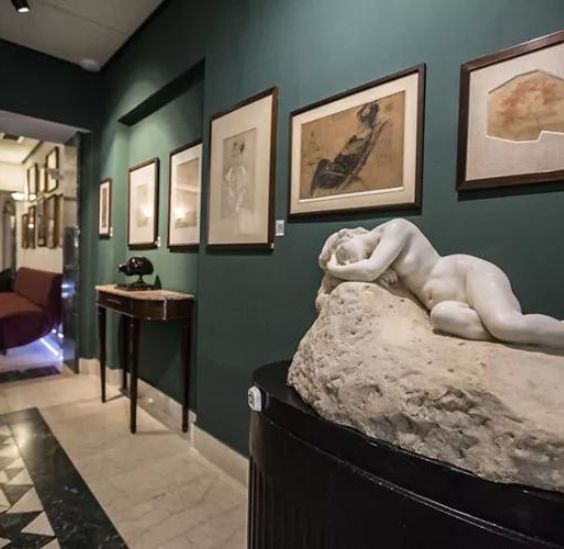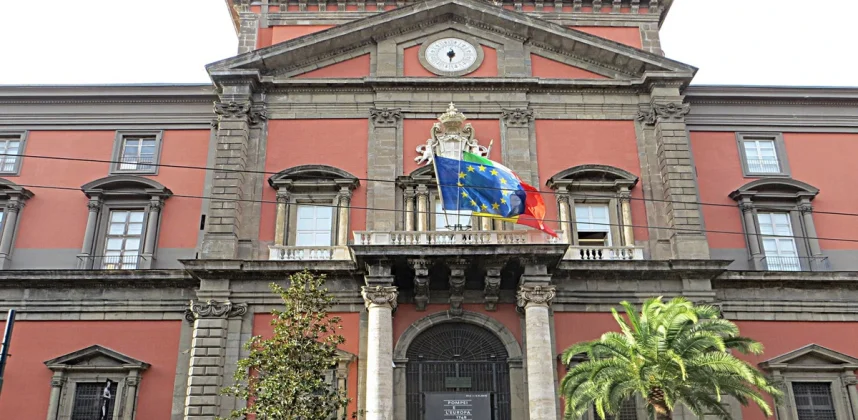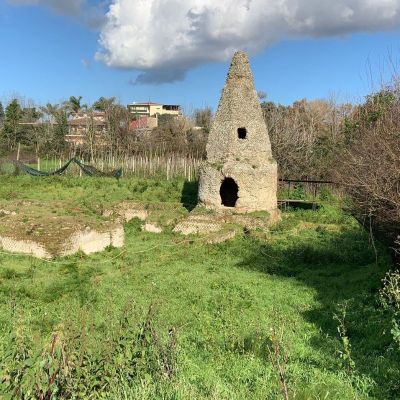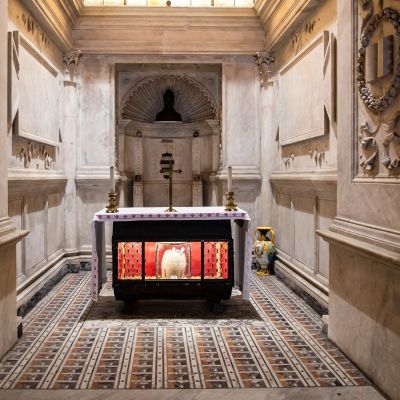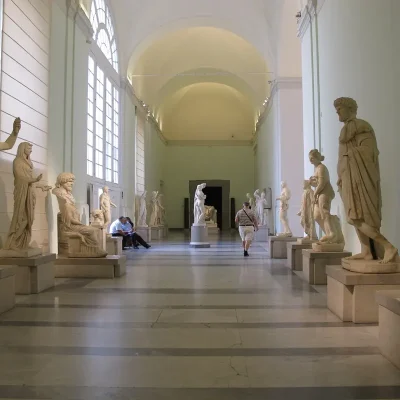Naples, a city where history whispers from every corner, offers a unique opportunity to immerse yourself in its rich cultural tapestry without spending a dime.
Every first Sunday of the month, the city’s vibrant museums throw open their doors for free, inviting locals and tourists alike to discover the treasures within. This blog post delves into the “Domenica al Museo” initiative, guiding you through the must-visit museums and providing tips to make the most of this incredible opportunity.
all state museums – every first sunday of the month starting feb 4th
The National Archaeological Museum of Naples (MANN) is more than just a museum; it’s a portal to the past, offering a profound connection to the ancient world. Through its vast and varied collections, MANN not only preserves history but also brings it to life, allowing visitors to walk in the footsteps of ancient Romans, Greeks, and Egyptians.
The museum’s permanent exhibits, the evocative Pompeii collections, and its famous artifacts together create an unparalleled historical tapestry. These exhibits do not just display objects; they tell stories, evoke emotions, and provoke thought. They remind us of the grandeur, complexity, and also the fragility of ancient civilizations.
Visiting MANN is not just an educational experience; it’s a journey through time. It’s an opportunity to understand our past, to see the origins of our culture, and to reflect on the human experience across millennia. The museum plays a crucial role in the cultural landscape of Naples, enhancing the city’s rich heritage and making it a must-visit destination for tourists from all over the world.
As you leave the halls of the National Archaeological Museum of Naples, you carry with you the stories, the images, and the wonder of the ancient world, a testament to humanity’s enduring legacy.
Which Museums Participate in the Free Sunday Initiative?
Naples, known for its eclectic blend of history and art, is home to several state museums and archaeological parks participating in the “Domenica al Museo” initiative. This event, spearheaded by Italy’s Ministry of Culture, ensures that on the first Sunday of each month, visitors can explore these cultural havens free of charge.
Key locations include the majestic Castel Sant’Elmo with its contemporary art exhibits, the historically rich Certosa e Museo di San Martino, and the world-renowned Museo Archeologico Nazionale di Napoli, which houses some of the most significant artifacts of Roman history. Other notable mentions are the Museo e Real Bosco di Capodimonte, showcasing a mix of historic art and lush greenery, the intricate Museo della ceramica Duca di Martina in Villa Floridiana, and the elegant Palazzo Reale di Napoli. Additionally, the initiative encompasses archaeological areas like Pompei, Ercolano, and Campi Flegrei, offering a glimpse into ancient civilizations.
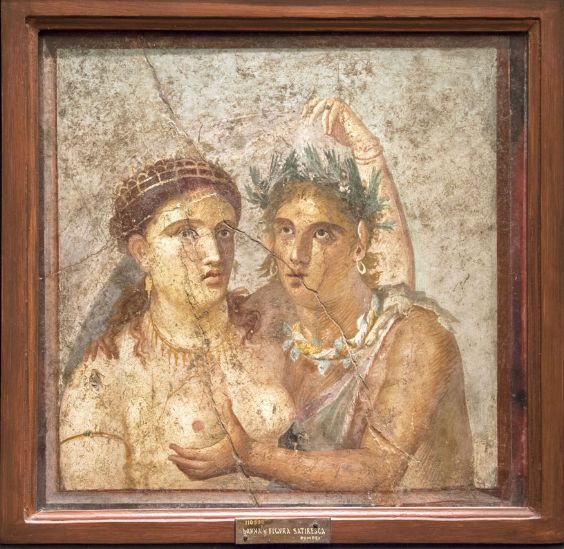
The Bourbon private tour. Royal Palace and Underground Gallery
Discover Naples’ hidden depths on a tour through the Bourbon Tunnel. Traverse from the Royal Palace to Piazza del Plebiscito and along the scenic Lungomare Caracciolo. Beneath the city, ride a raft along an underground canal, experiencing the subterranean history up close in a small, personalized group setting.
Planning Your Visit: Tips and Tricks
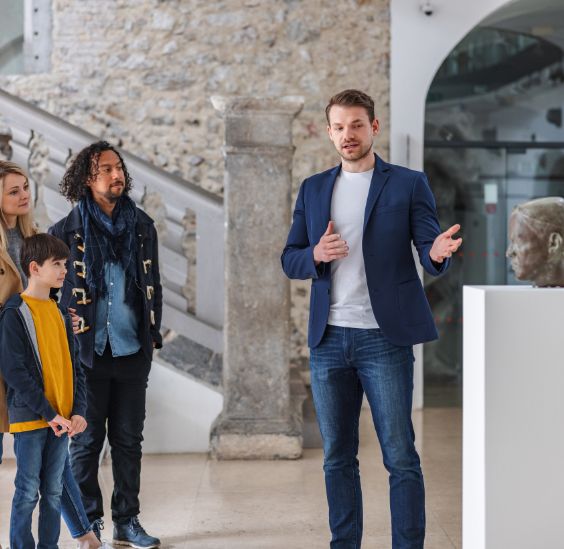
To make the most of your Free Museum Sunday in Naples, planning is key. While admission is free, some museums may require reservations, especially during peak tourist seasons. Checking the official websites for reservation details and opening hours can save you a lot of time and hassle.
Here are some additional tips for an enriching museum experience:
- Start Early: To avoid crowds, plan to visit the museums early in the day.
- Choose Wisely: With so many museums participating, it’s impossible to see them all in one day. Pick two or three that interest you the most.
- Consider Accessibility: Ensure the museums you plan to visit are easily accessible by public transport or within walking distance from each other.
- Check for Special Exhibits: Some museums might host special exhibits or events on Free Museum Sunday, adding a unique touch to your visit.
Not-to-Miss Exhibits and Artworks
Each museum in Naples has its unique charm and must-see exhibits. At the Museo Archeologico Nazionale di Napoli, don’t miss the Farnese Collection, which includes the magnificent Farnese Bull and Hercules. The Museo e Real Bosco di Capodimonte is renowned for its collection of Neapolitan paintings and decorative arts, while Castel Sant’Elmo offers breathtaking views of the city along with its contemporary art collections.
The beauty of this initiative lies in the diverse range of artworks and historical artifacts, from ancient Roman relics to modern art pieces. It’s an opportunity to see world-class art and learn about the rich cultural heritage of Naples and Italy.
